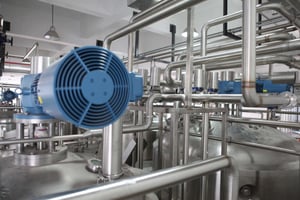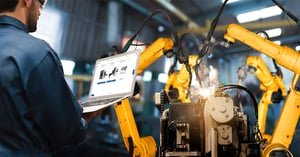- Home
- Knowledge hub
How condition-based monitoring of wear and tear parts increases revenue
3 min. read
Shelly Boom
Failing industrial machines and systems have dramatic consequences. It is crucial to keep your equipment running smoothly else it can lead to lost production time and eventually lost profits for you and your customer. These risks can be reduced with a maintenance strategy where the condition of wear and tear parts are continuously monitored.
 Wear and tear parts inspection
Wear and tear parts inspection
In many cases, machinery can grind to a halt simply due to problems with the smallest parts and spare parts are not always available in at short notice. Granted many machine builders do offer spare part packages and fast supply of these wear and tear parts, they rely on reactive maintenance.
Reactive maintenance, also known as ‘run to fail’, is the most basic strategy, and will often result in significant downtime and reduced throughput, as the failure often occurs when machines are at maximum production.
Companies have tried to reduce this impact on production by changing wear and tear parts at fixed intervals, but for this strategy to be successful, it demands changing parts well ahead of their average lifetime, which increases repair and parts costs as well as downtime of production.
So, how challenging and rewarding is the journey from reactive and preventive to proactive maintenance?
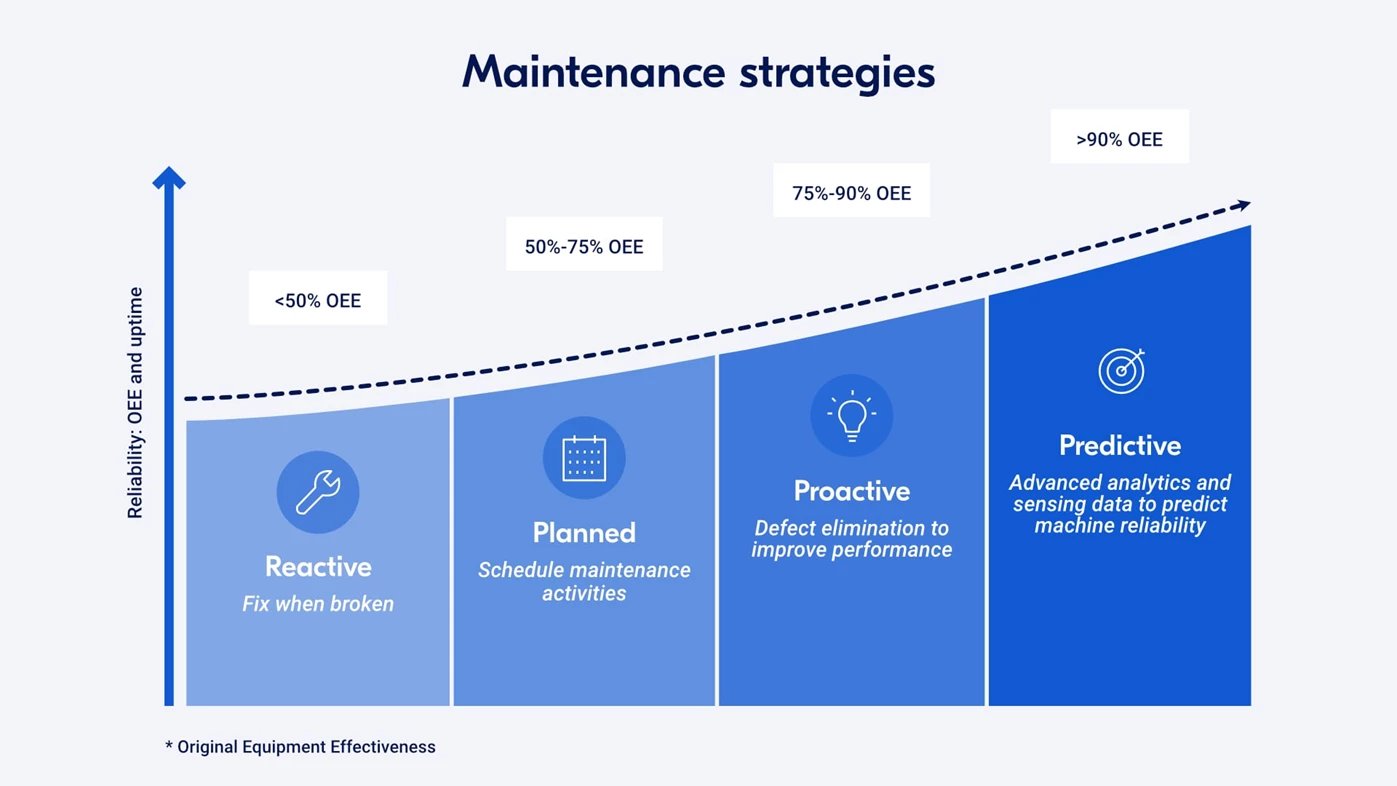
Reactive, Planned, Proactive and Predictive maintenance strategies
Reactive maintenance covers simply running equipment to the point of failure before acting and includes preventive changing of (often good) parts at fixed intervals. A proactive maintenance method on the other hand can improve the machines’ uptime and overall equipment effectiveness (OEE). Leveraging a condition-based maintenance service for wear and tear parts, is an effective strategy machine manufacturers can adopt as a new business opportunity.
Condition monitoring is the core approach within a condition based maintenance strategy, also known as 'predictive maintenance'. This approach can prevent broken wear and tear parts from becoming a regular occurrence. Offering this type of service can bring machine builders more revenue from digital services.
Machine builders can deploy this as a new digital service by notifying customers beforehand, for a small fee, which will result in preventing production from stopping, leading to increase of spare part sales, potential service contracts and customer satisfaction.
An example could be a machine including a flying knife functionality. If you could monitor the current used for the axis driving the knife and be able to detect based on increased current, if the knife was getting dull, would a service to provide this and other spares just-in-time (JIT) combined with a secure smooth operation be relevant to your customers?
The benefits of condition monitoring wear and tear parts for you as a machine builder:
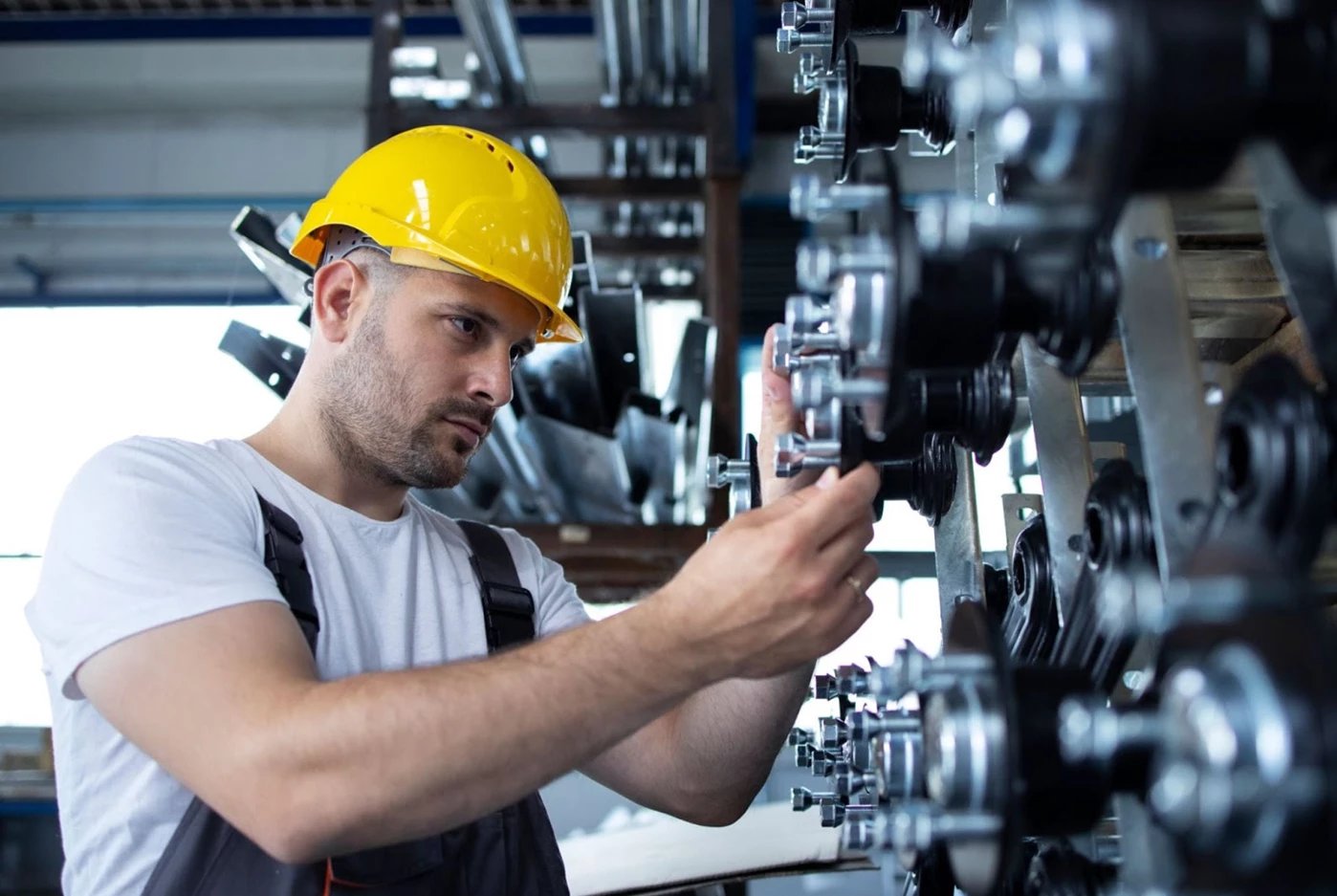
Here is a simplified overview of how to create your condition based business model for wear and tear spare parts:
The first phase is to analyse the current maintenance practices. Determine which parts have a defined lifetime and establish if any parts data, with a clear statistical correlation and causality between the given value and the condition of the part in question, is being captured.
Some data will have a clear correlation and causality between standard PLC variables and the condition of the wear and tear part, others might need additional variables being defined and collected, or even additional sensors being used.
Carry out in-house tests on test rigs of the components in question to strengthen or refute the hypothesis. Next step is to strategically plan to capture data through the use of sensors or PLC parameters. This data can be collected via an edge gateway and stored in the cloud for analysis.
Based on data from the field and the analysis, confidence in the model and potential business model can be secured.
Define how this increased value is most efficiently utilised towards the customers to increase revenue, satisfaction and brand recognition:
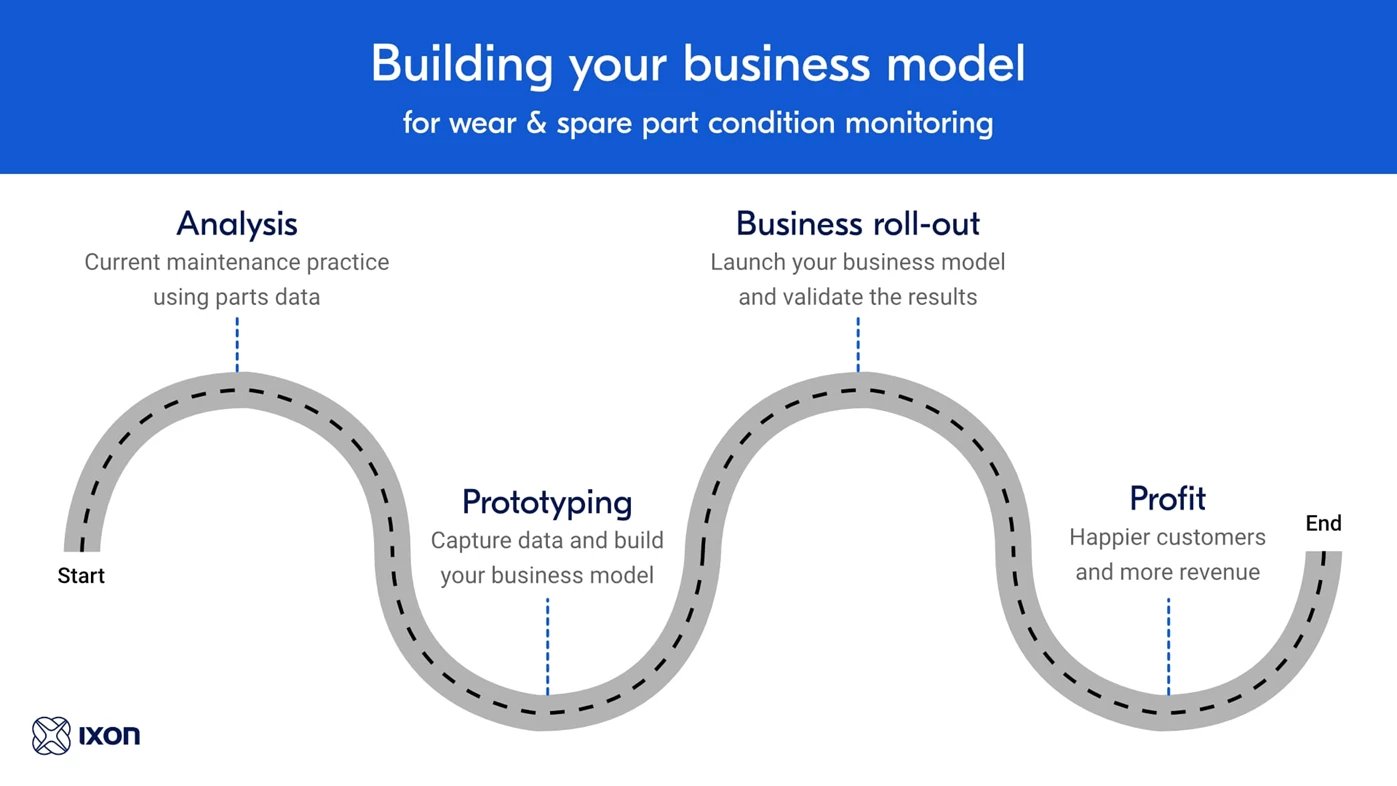
Steps to build a business model for wear & tear parts condition monitoring
Would you like to have happier and more profitable customers? By introducing wear and tear parts condition monitoring service, you will improve customer service, loyalty and relationships with your customers.
If you need help on defining your digital strategy and making value out of condition monitoring, feel free to consult one of our industry experts without any obligations. Or get some inspiration from our E-book: Service opportunities for OEMs to boost revenue and meet customer demands including use cases and new revenue examples.
